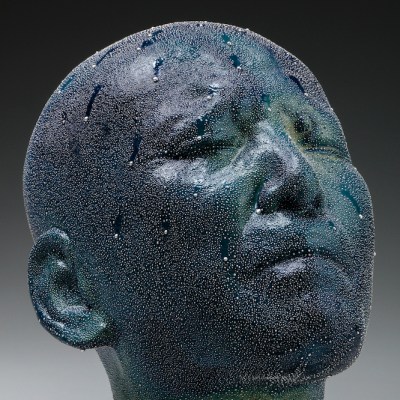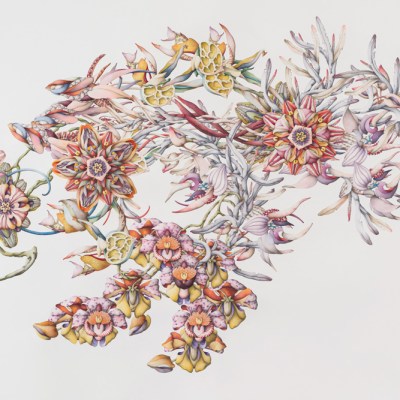Born in Singapore to Chinese parents, Kim Lim moved permanently to the UK in 1954. She studied fine art at Central Saint Martin’s, where she concentrated on wood-carving and printmaking and was taught by Anthony Caro and Elisabeth Frink, yet Lim’s particular contribution to abstraction in Britain has been somewhat overlooked. This survey at the Hepworth Wakefield (until 2 June 2024) includes works of wood, bronze and stone, revealing how Lim gave shape to her interests in rhythmic form, the natural world and the built environment. Perhaps for its rhythmic qualities and her interest in the way the sculpture defines the space around it, her work has sometimes been called a rare instance of minimalism in Britain – though her style is more dexterous and fluid than anything by Donald Judd, inspired as much by the Taoist principle of wu wei – surrendering to the ebbs and flows of life – as by Western influences. Many of the 100 works in this exhibition have never been shown publicly; they include wood and metal sculptures created between 1950s and ’70s such as the angular Pegasus (1962) and Chess Piece 1 (1960), as well as later stone carvings such as Kudah (1989). Find out more on the Hepworth’s website.
Preview below | View Apollo’s Art Diary
Pegasus (1962), Kim Lim. Photo: Mark Dalton; © Estate of Kim Lim / Turnbull Studio. All Rights Reserved, DACS 2023

Kudah (1989), Kim Lim. Photo courtesy the Estate of Kim Lim; © Estate of Kim Lim / Turnbull Studio. All Rights Reserved, DACS 2023

Chess Piece 1 (1960), Kim Lim. Photo: Mark Dalton; © Estate of Kim Lim / Turnbull Studio. All Rights Reserved, DACS 2023

Kim Lim with Chess Piece I (c. 1960), Kim Lim. Photo courtesy the Estate of Kim Lim; © Estate of Kim Lim / Turnbull Studio. All Rights Reserved, DACS 2023




